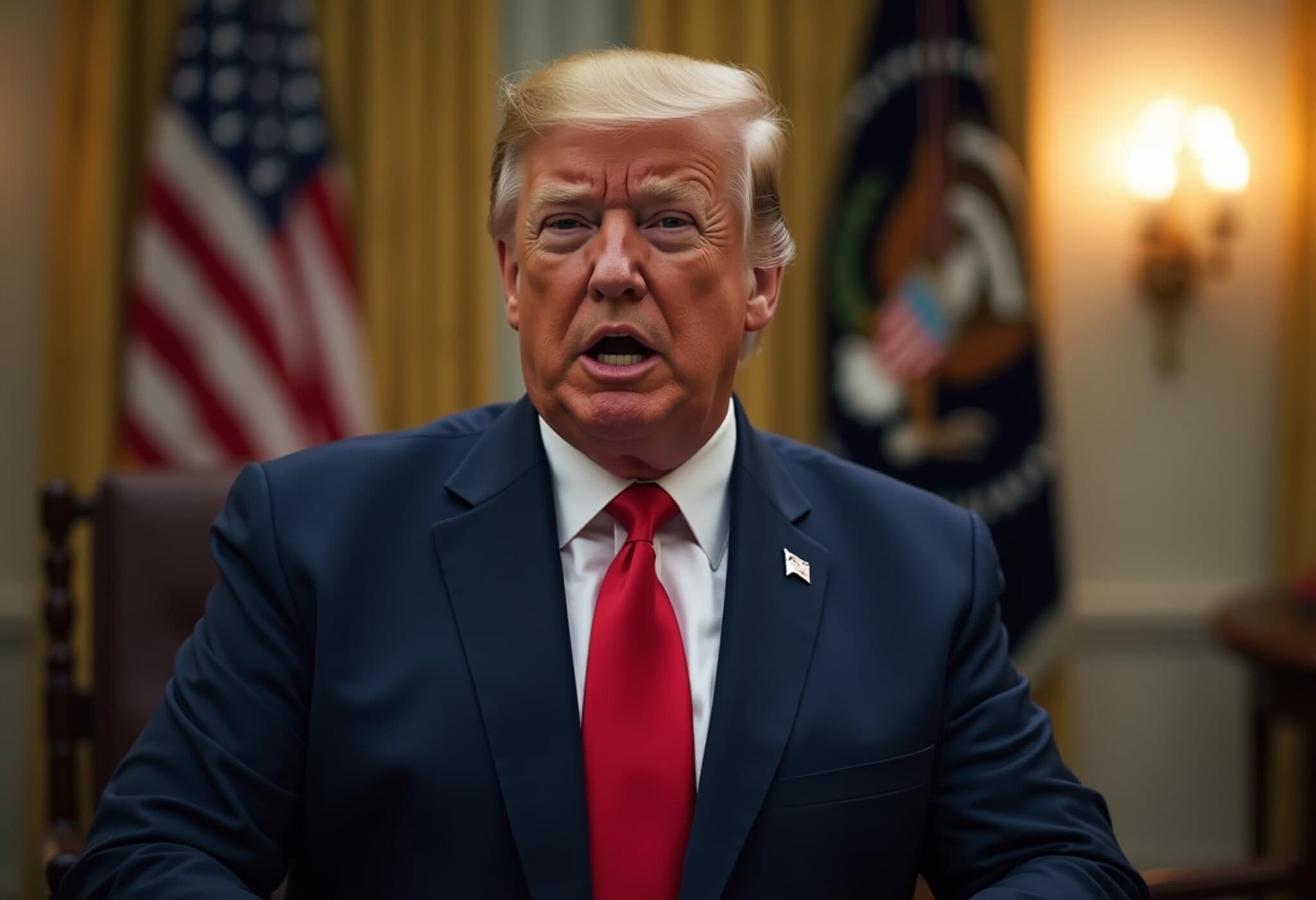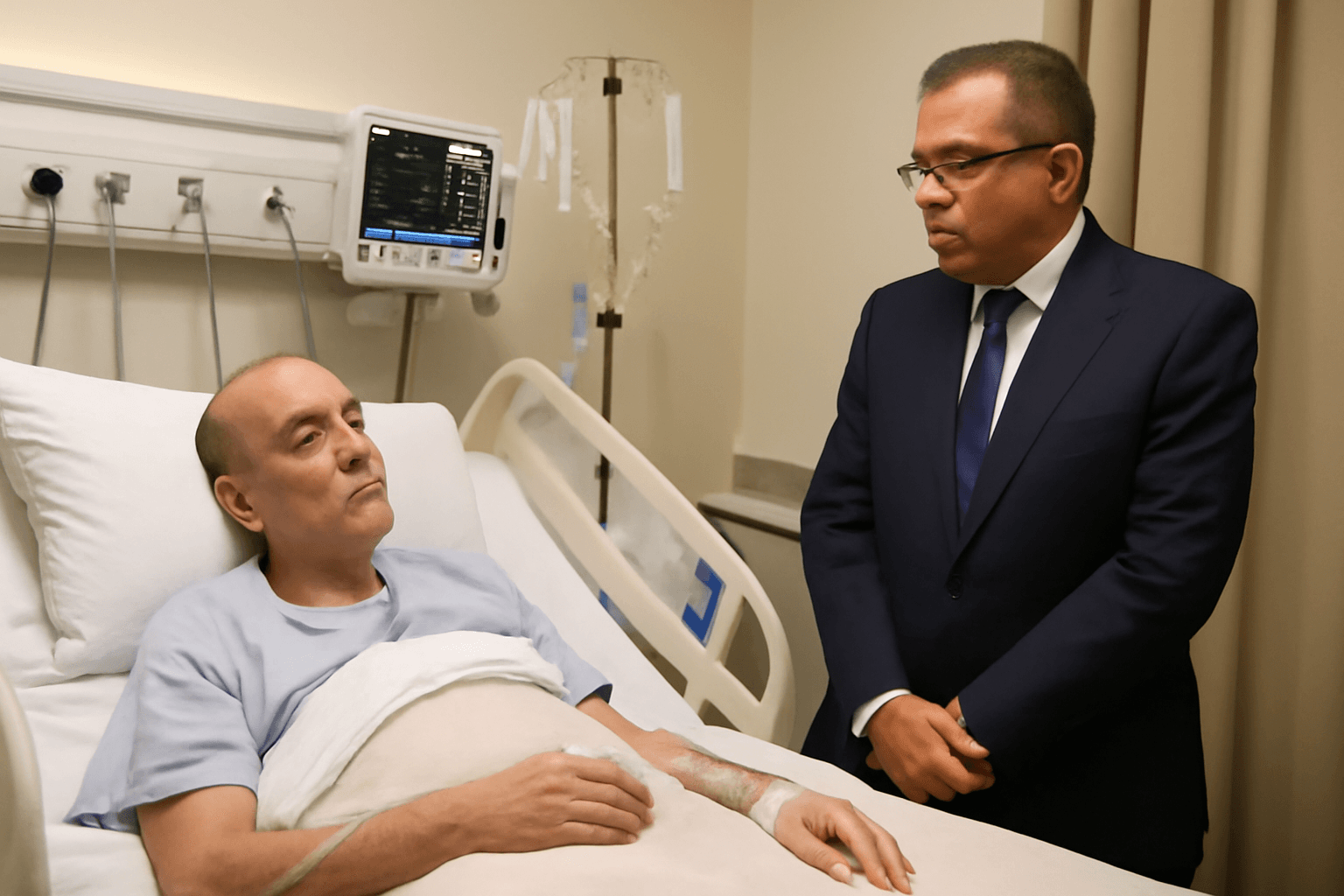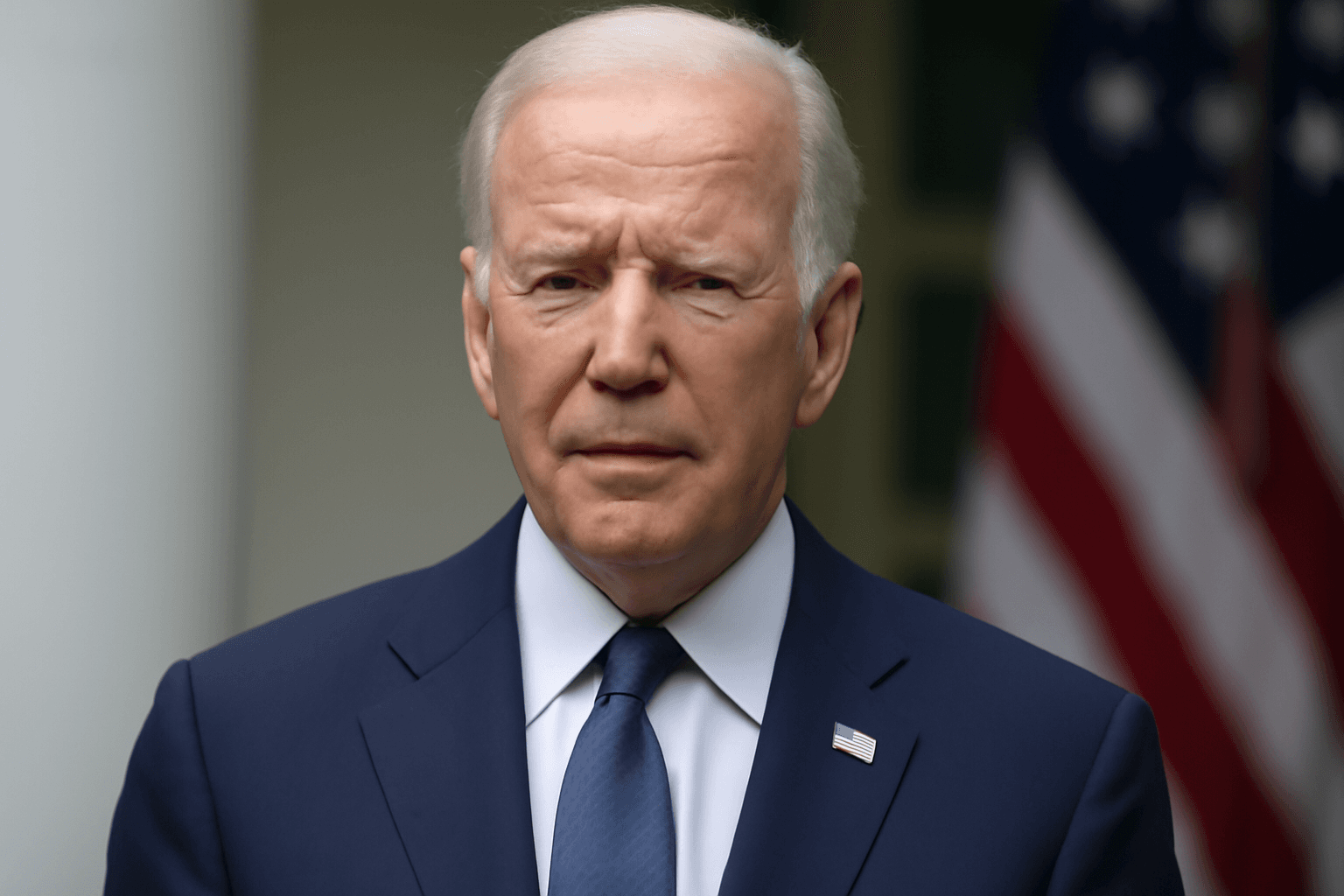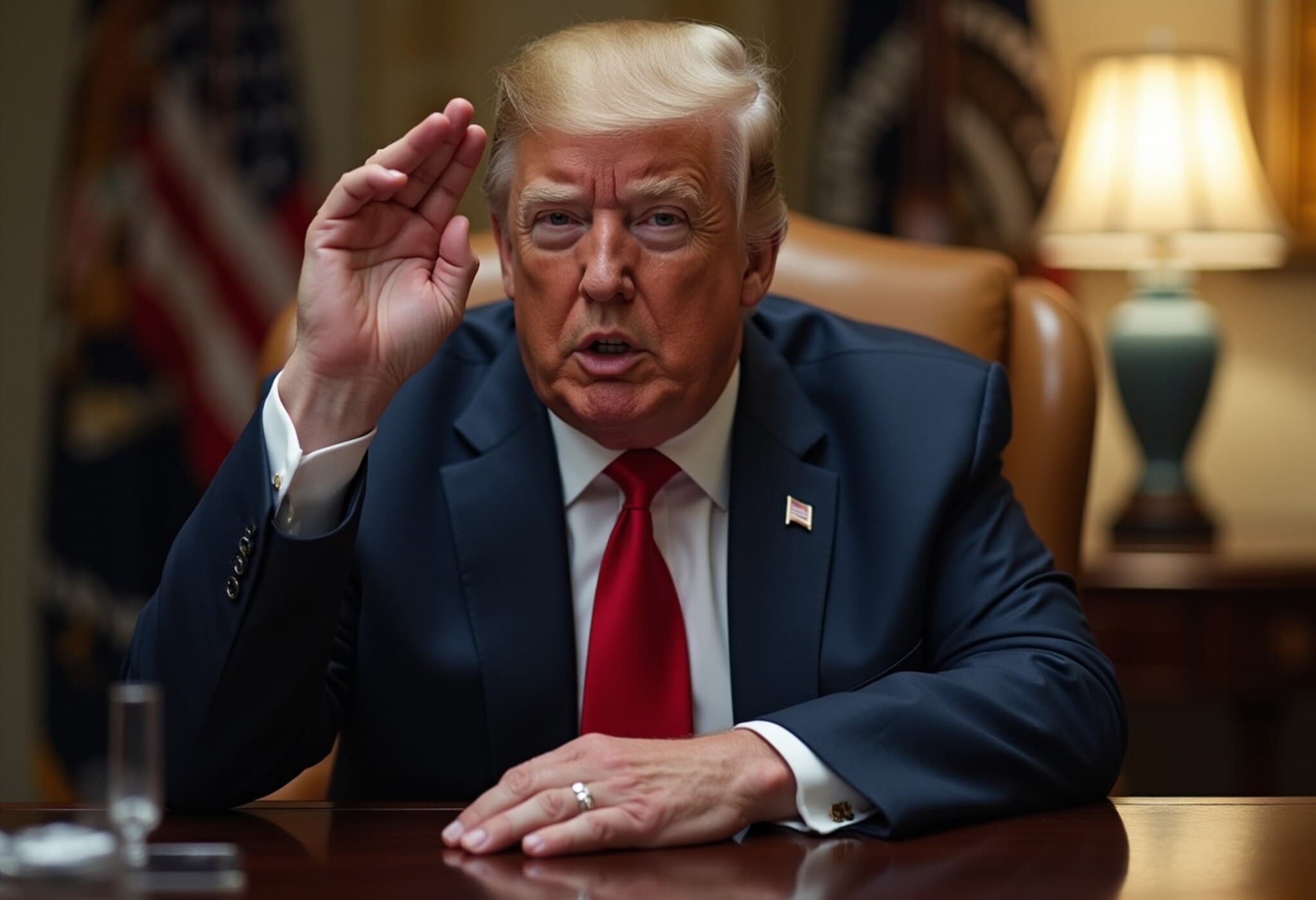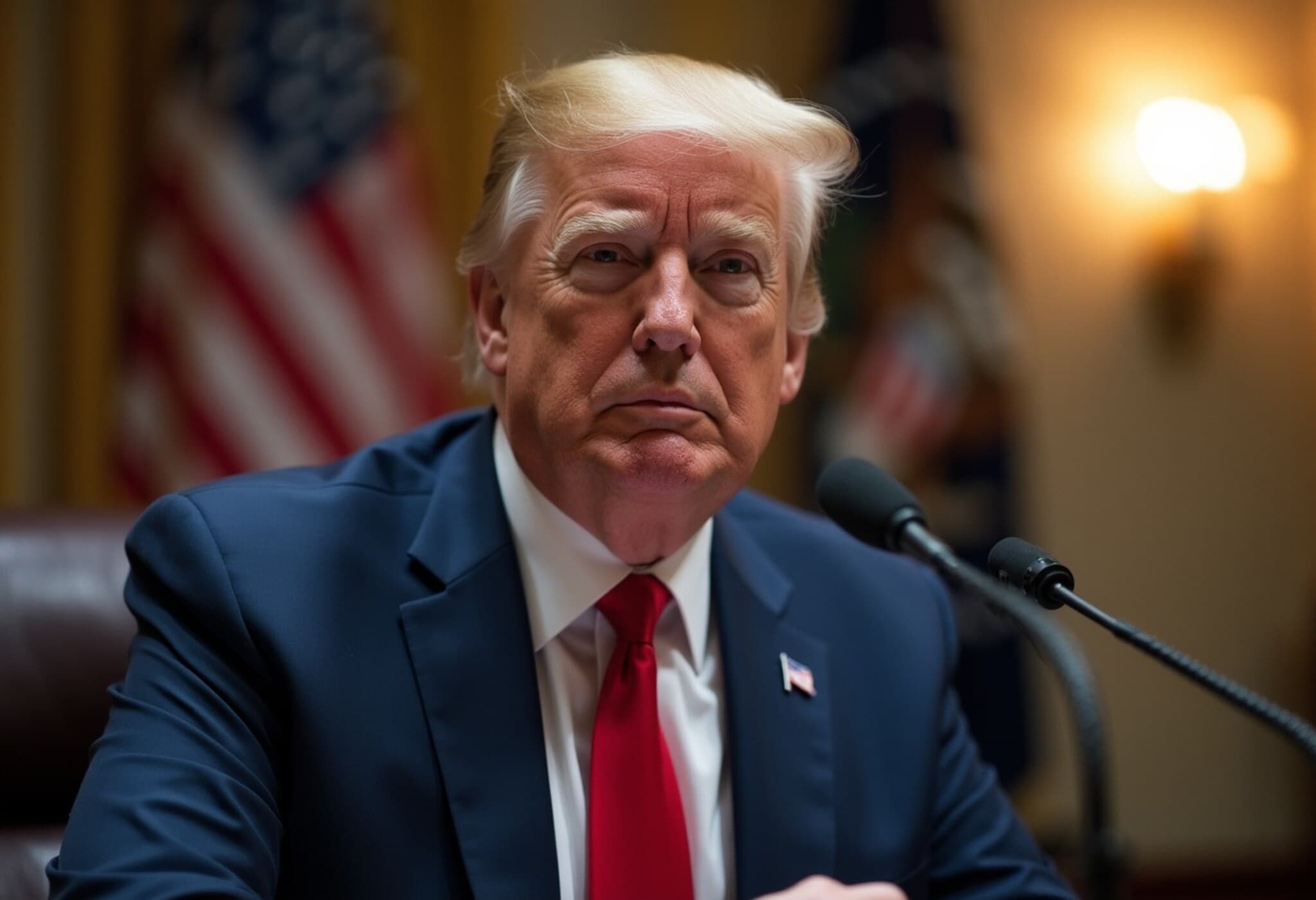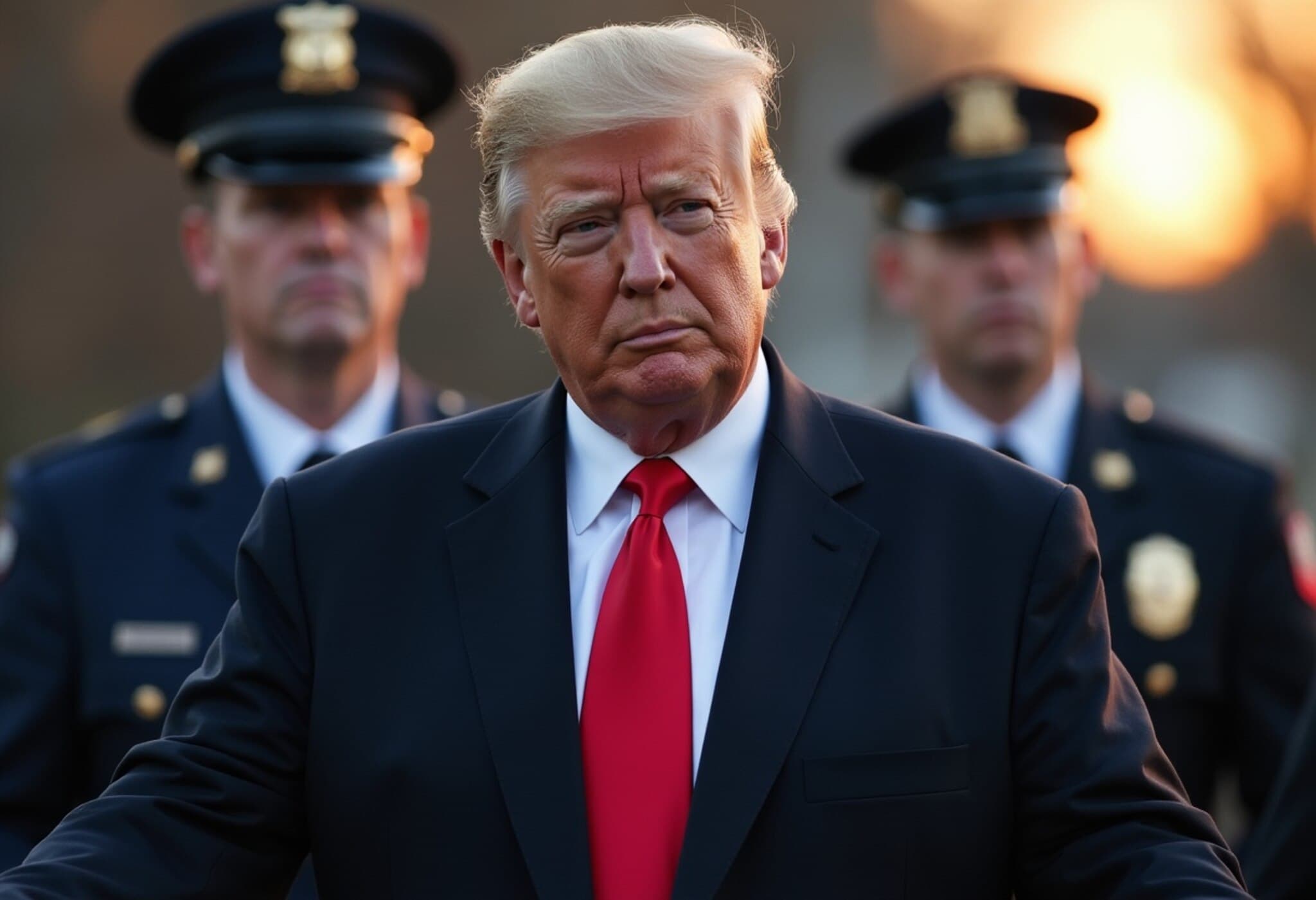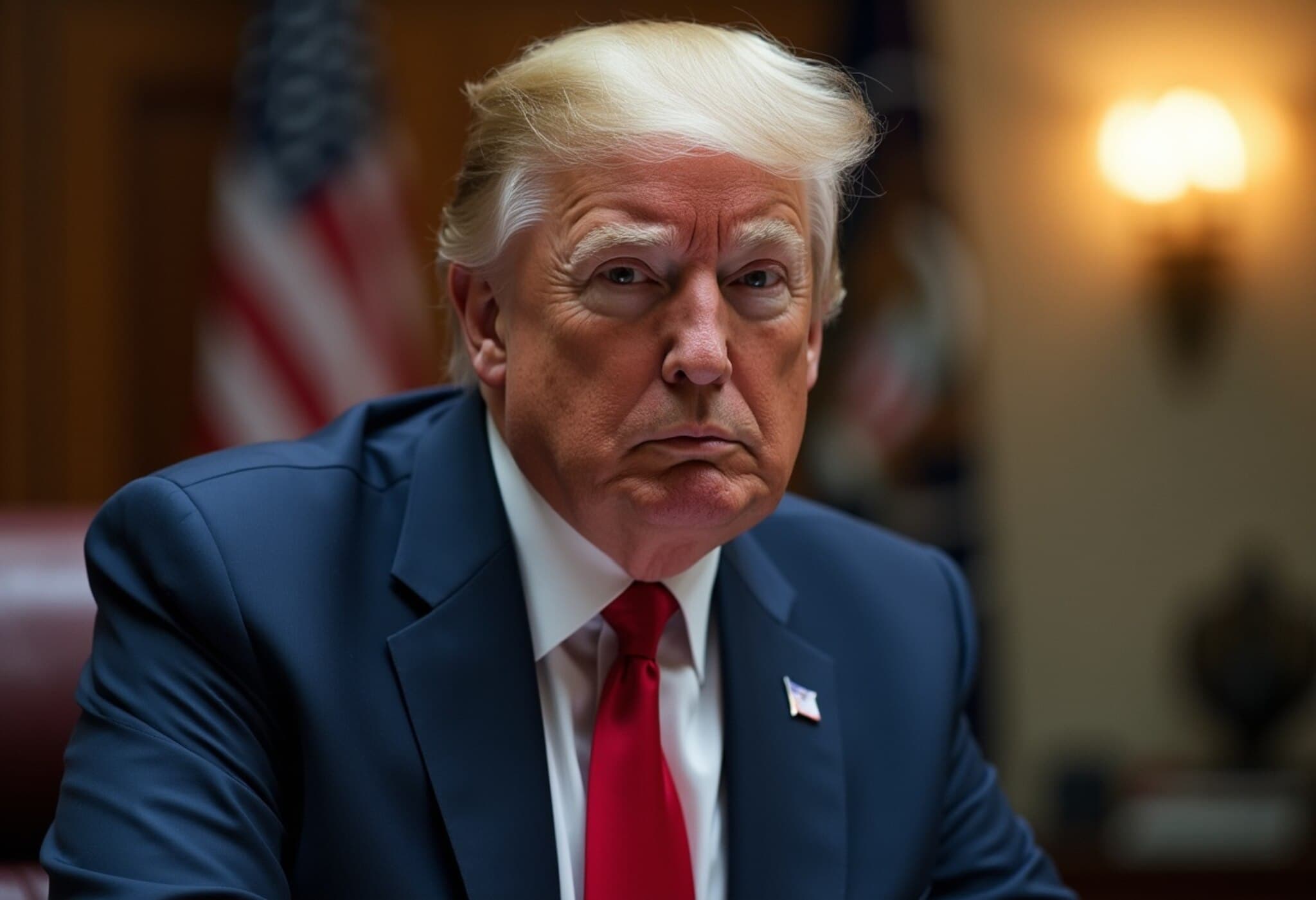President Trump Diagnosed with Chronic Venous Insufficiency, White House Confirms
The White House announced on July 17, 2025, that President Donald Trump has been diagnosed with chronic venous insufficiency (CVI), a common circulatory condition especially prevalent among seniors. This revelation comes after the President noticed mild swelling in his lower legs and underwent detailed medical evaluations conducted by the White House Medical Unit.
Understanding Chronic Venous Insufficiency and Its Implications
CVI occurs when the veins struggle to efficiently return blood from the legs back to the heart, leading to blood pooling and swelling. While the condition is generally benign, it affects quality of life if left unmanaged. The diagnosis was confirmed through bilateral lower extremity venous Doppler ultrasounds, which showed no signs of more dangerous complications such as deep vein thrombosis (DVT) or arterial disease.
Dr. Sean Barbabella, the White House physician, emphasized in a statement that the diagnosis was made "out of an abundance of caution" during routine medical care. Importantly, no evidence of heart failure, kidney issues, or systemic illnesses were found during the comprehensive checkup, underscoring the President's overall robust health at age 79.
Addressing Visible Bruising: Explanation from the Press Secretary
Recently, observers noted minor bruising on the back of President Trump's hand, prompting public speculation. Press Secretary Karoline Leavitt clarified that the bruising aligns with routine soft tissue irritation due to the President's frequent handshaking and his daily aspirin regimen. Aspirin, commonly prescribed to reduce risks of heart attacks and strokes, can cause such minor side effects.
Leavitt reassured the press that these findings are well-understood in clinical practice and do not indicate any underlying serious health concerns.
Contextualizing the Health Update and Its Broader Significance
These disclosures arrive amid heightened scrutiny over the President’s health, particularly considering his age and the demanding nature of his role. In April 2025, Trump underwent a full physical examination involving over a dozen specialists; however, chronic venous insufficiency was not identified at that time.
This update serves to foster transparency and dispel rumors, reinforcing confidence among both the public and global observers regarding the President’s capability to fulfill his duties.
Expert Insights
- Medical Perspective: CVI is often manageable through lifestyle adaptations, compression therapies, and, in some cases, medical or surgical interventions. Regular monitoring can prevent progression and complications.
- Political Lens: Disclosure of health conditions is critical for democratic accountability, given the immense responsibility carried by a sitting President. Open communication helps to mitigate misinformation and maintain public trust.
- Public Health Angle: The update sheds light on the prevalence of venous diseases in older populations, a subject often overlooked despite affecting millions worldwide.
What’s Next?
The White House Medical Unit will likely continue to monitor President Trump’s vascular health closely to manage symptoms and preserve his wellbeing. Meanwhile, the administration faces the challenge of maintaining transparency without infringing on privacy, balancing public interest with respect for personal health matters.
Editor's Note
While chronic venous insufficiency is not life-threatening, its diagnosis in a sitting president highlights the broader conversations around aging leadership, health transparency, and the medical nuances often overshadowed by political discourse. Moving forward, how the administration manages and communicates health information may influence public perception and confidence, reminding us that even leaders are not immune to common health challenges.

